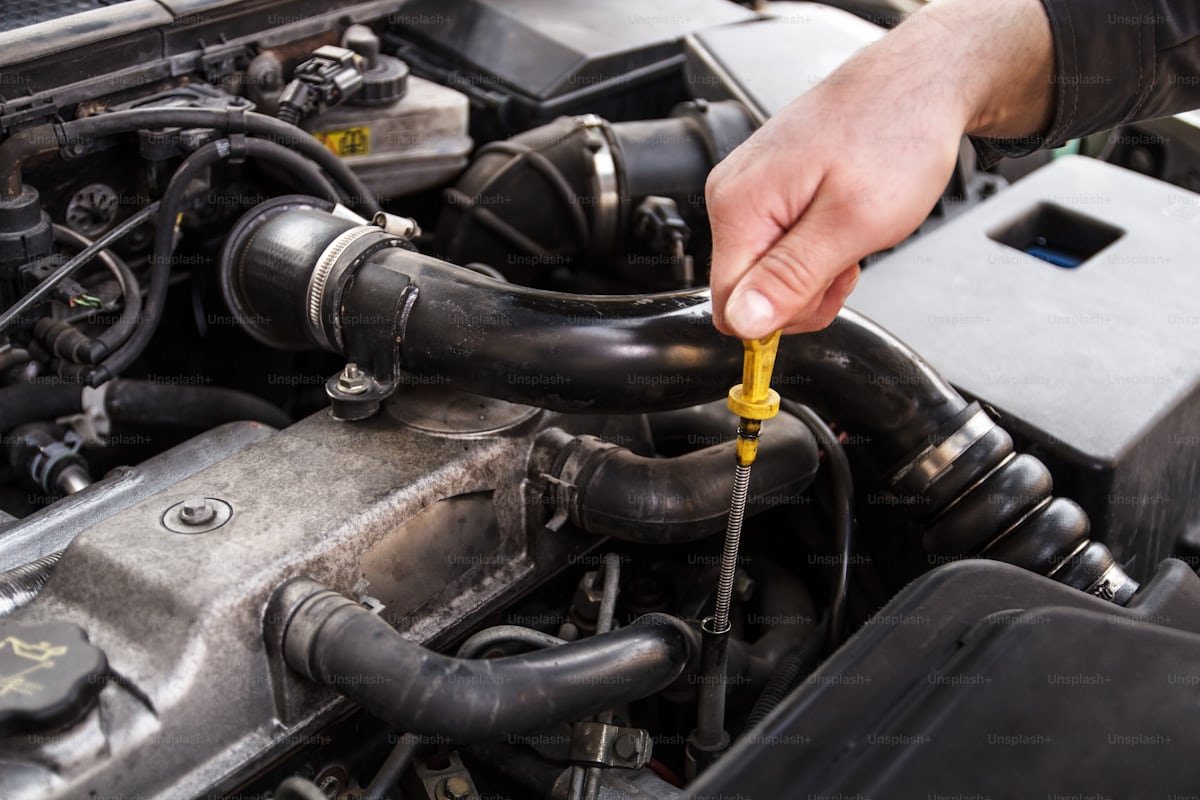Transmission fluid often gets overlooked in regular maintenance, but neglecting it can cause major—and expensive—problems. This vital fluid lubricates, cools, and powers your transmission, ensuring smooth gear shifts and long-term reliability. When it’s not changed regularly, heat and friction break down its protective properties, leading to premature wear, poor performance, and costly repairs.
What Happens When You Skip Transmission Service
Over time, transmission fluid degrades due to high operating temperatures and contamination. As it breaks down, it loses viscosity and can no longer protect internal components from metal-on-metal contact. This wear leads to slipping gears, harsh shifting, and overheating.
One commonly overlooked component in this system is the transmission harness. This wiring network controls sensors and solenoids that regulate gear shifts. When fluid becomes dirty or overheated, it can damage these electrical connections, causing erratic transmission behavior or total failure.
Skipping transmission service also allows sludge and metal particles to accumulate inside the system. These contaminants can clog small passages, reducing hydraulic pressure and preventing the fluid from circulating properly. The result is sluggish acceleration, delayed gear engagement, and eventually, total transmission failure.
If you tow heavy loads, drive in stop-and-go traffic, or operate in hot climates, your fluid will break down even faster. Regularly checking the fluid’s color and consistency is an easy way to spot trouble early—healthy transmission fluid is bright red and slightly sweet-smelling, while old or burnt fluid appears dark and has a sharp odor.
Costly Repairs That Could’ve Been Prevented
Ignoring transmission fluid changes can lead to repair bills that easily reach into the thousands. A simple fluid and filter change costs relatively little compared to a full transmission rebuild or replacement.
When fluid is allowed to deteriorate, it can trigger other failures. A faulty transmission fluid pressure switch, for example, can send incorrect data to your vehicle’s computer, leading to hard shifts, slipping, or limp mode operation. Replacing this switch is simple and inexpensive—but ignoring it can cause further internal damage if fluid pressure remains inconsistent.
Transmission overheating is another expensive consequence. Without clean, high-quality fluid, heat can cause seals to harden and crack, leading to leaks. Once the system loses pressure, the torque converter and clutch packs start slipping, creating even more heat—a cycle that quickly ends in failure.
If you ever perform your own transmission maintenance, make sure your vehicle is safely supported with car jack stands before crawling underneath. Working on a level surface ensures the transmission fluid drains properly and prevents dangerous accidents. Always follow your manufacturer’s recommendations for fluid type and replacement intervals.
The real cost of neglect isn’t just financial—it’s also about reliability and peace of mind. A well-maintained transmission ensures smoother driving, better fuel economy, and consistent power delivery.
Final Thoughts
Transmission fluid may not seem like a big deal, but skipping regular service can lead to major mechanical and financial setbacks. By keeping an eye on your transmission harness, pressure switch, and overall fluid condition, you can prevent premature failure and avoid costly repairs. Investing in regular maintenance now saves you time, money, and stress later—keeping your vehicle running strong for many miles to come.

